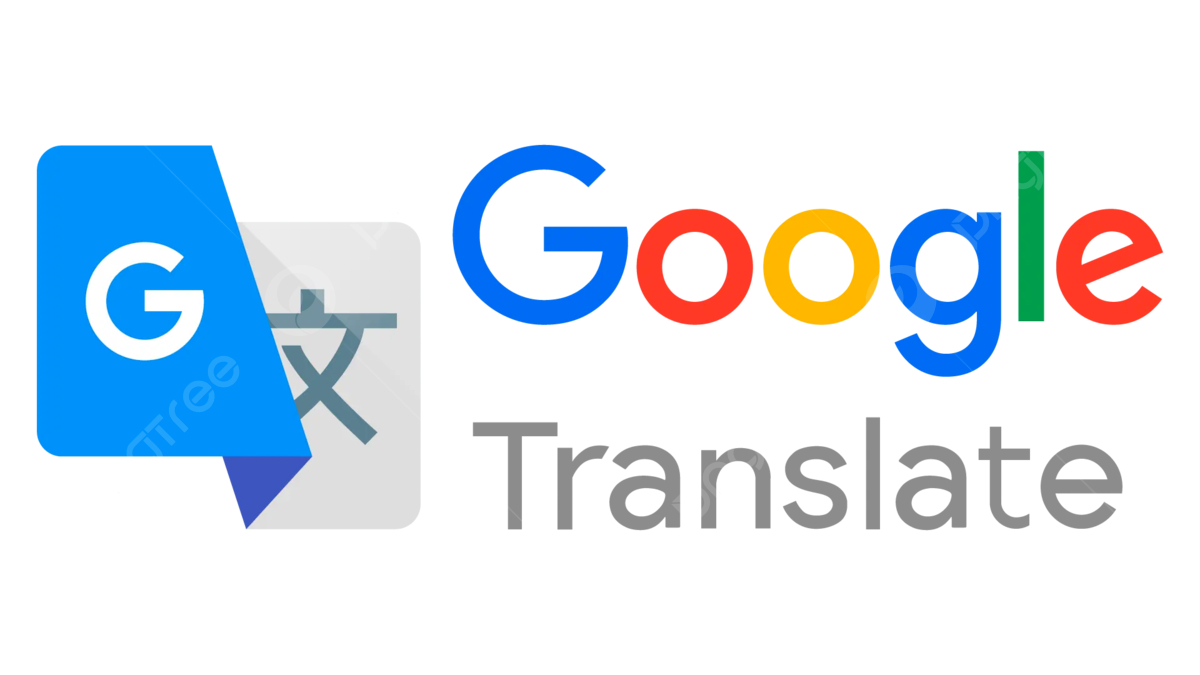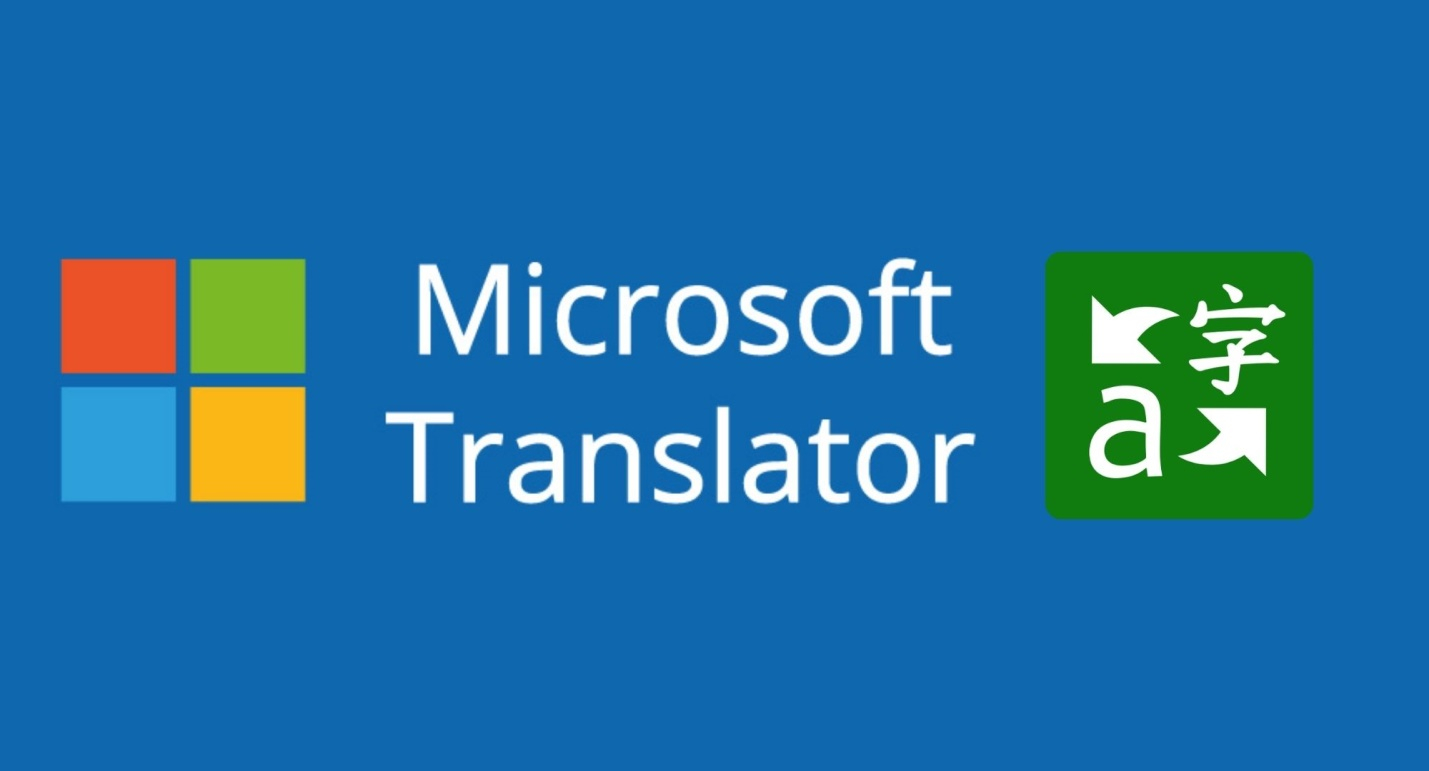How to Translate an Image Quickly
In today’s digital world, translating text from images has never been easier. Whether you're looking to translate a document, a screenshot, or any other image containing text, there are various tools and methods available to help you achieve accurate results. In this guide, we’ll walk you through how to translate an image quickly and effectively, using the best software and techniques to ensure precise translations in just a few simple steps. Keep Reading!
PDNob Image Translator
Image to Text Converter enables you to accurately extract text from all types of images without storing any picture files into the program.
Part 1. How to Translate an Image for Different Purposes
When it comes to translating images, different scenarios may require different approaches and considerations. The reason you need to translate an image, the quality of the image, and the type of content all influence the way you should approach translation. Let’s explore a few different purposes for which you may need to translate an image and how these affect the translation process.
1.1 Translating Images for Business Purposes
In the business world, translating images is often an essential step for companies looking to engage with international customers or audiences. Images containing text may include product packaging, marketing materials, brochures, or advertisements, all of which may need to be translated for local markets. Accurate translation is crucial to ensure that your message is not only clear but also culturally relevant.
For example, imagine you are an e-commerce business selling products online. You may need to translate the product labels, instructions, and advertisements into several languages to ensure that customers in different countries can understand what the product is and how to use it. Translating product images with the correct terminology can also prevent misunderstandings and enhance customer trust in your brand.
Key considerations when translating images for business:
- Cultural Sensitivity: The translation needs to be culturally appropriate. This includes adapting measurements, units, currencies, and references to local customs.
- Brand Voice: Maintaining the tone and style of your brand’s communication is critical, even in translation.
- Legal Compliance: Product labeling and packaging often have legal requirements that may vary by country, so accuracy is especially important in such cases.
1.2 Translating Images for Personal Use
When traveling or living abroad, you may come across images with text in a foreign language that you want to understand. This could include everything from street signs to restaurant menus, advertisement billboards, or even photographs shared by friends on social media. For personal use, the goal is usually to understand the meaning of the text without making any major modifications or adaptations to the content.
For example, if you're in Japan and you come across a menu with descriptions in Japanese, translating that image can help you decide what to order. Similarly, when traveling, you might want to translate street signs or safety instructions to navigate more easily in a foreign country.
Key considerations when translating images for personal use:
- Speed and Convenience: Personal use typically demands a quick, on-the-go solution, making user-friendly translation tools ideal.
- Accuracy: Since you're often relying on the translation for basic understanding, accuracy is important, but minor errors can sometimes be overlooked.
- Context: Context is key when translating for personal use. For example, a translation tool might not always account for slang or regional dialects, so it’s helpful to have some knowledge of the language.
1.3 Translating Images for Educational or Research Purposes
Students and researchers often come across academic material written in foreign languages. Scanned images of textbooks, research papers, or lecture notes may need to be translated to facilitate understanding. This is especially true for individuals studying in fields like history, sociology, and anthropology, where academic resources are often published in various languages. Being able to translate images quickly and accurately can save a significant amount of time and provide easier access to academic knowledge.
For example, a student researching historical texts in French or German might need to translate scanned pages from a book or a handwritten manuscript. Similarly, a researcher in the medical field might need to translate clinical research papers written in Spanish or Japanese.
Key considerations when translating images for academic purposes:
- Accuracy and Precision: Academic translation demands high accuracy, particularly for technical subjects where even small errors in translation could alter the meaning.
- Contextual Understanding: A translator needs to understand the context of the subject matter to ensure that terms are translated correctly in their field.
- Text Formatting: When translating scanned documents or images, formatting and layout may need to be preserved for clarity.
1.4 Translating Images for Social Media and Content Creation
In the world of social media and content creation, translating images has become an essential skill. Whether you're creating content for a global audience or analyzing images from other cultures, having the ability to translate text within images broadens the scope of what you can share with your followers.
For example, you may encounter a meme in a foreign language that you want to repurpose for your own audience. Alternatively, a content creator may find an image with a foreign-language quote or artwork that they wish to feature. Having the ability to translate such images can help make content more accessible to an international audience.
Key considerations when translating images for social media:
- Brand Consistency: It's important to maintain the tone and voice of your content, especially if you're managing a brand or business.
- Relevance to the Audience: Make sure the translation resonates with your target audience. A literal translation may not always be effective.
- Visual Layout: Translations for social media often need to fit within the existing layout of an image. For instance, text might need to be resized or repositioned within a meme or an advertisement.
Convert image to text free
Part 2. How to Translate an Image with Different Tools?
Translating an image with text requires a combination of OCR technology and machine translation. Optical Character Recognition (OCR) extracts the text from an image, while machine translation then translates that text into your desired language. Several tools are available for this purpose, each offering different features, levels of accuracy, and ease of use. Let’s look at some of the most popular tools for translating images.
2.1 Google Translate
Google Translate is one of the most popular and widely used tools for translating both text and images. It supports over 100 languages and can be used for translating written text, website content, documents, and images. With the Google Translate app, users can quickly translate images by either taking a photo of the text or uploading an existing image.

How to use Google Translate for image translation:
1.Download the Google Translate app (available for both Android and iOS).
2.Open the app and tap on the camera icon.
3.Capture the text by pointing your camera at it, or tap on the gallery icon to upload an existing image.
4.Google Translate will automatically detect the text and highlight it. The app will then provide the translation in your chosen language.
5.Tap on the translated text for additional options, such as reading the translation aloud or copying it to your clipboard.
While Google Translate is a free tool and accessible for everyday use, its accuracy can vary, particularly with complex or stylized fonts. The app works best with clear, straightforward text and high-quality images.
2.2 Microsoft Translator
Microsoft Translator is another robust tool for translating text from images. It supports more than 60 languages and offers features similar to Google Translate, including the ability to translate images. Microsoft Translator is also available on both Android and iOS devices.

How to use Microsoft Translator for image translation:
1.Download the Microsoft Translator app and launch it on your device.
2.Tap on the camera icon in the app to use the image translation feature.
3.Take a photo of the text or upload an existing image from your gallery.
4. The app will automatically recognize the text and provide a translation in the target language.
5.View the translation alongside the original text for comparison.
Microsoft Translator is great for quick translations, but like Google Translate, it may not always provide perfect results for complex images or highly stylized text.
2.3 PDNob Image Translator
PDNob Image Translator is a newer yet highly effective image translation tool. It combines cutting-edge OCR technology with powerful machine translation features to provide accurate and quick translations. This tool stands out due to its ease of use, versatility, and ability to handle a variety of image formats, including scanned documents and photographs.
PDNob Image Translator
Image to Text Converter enables you to accurately extract text from all types of images without storing any picture files into the program.
Why use PDNob Image Translator:
- High Accuracy: PDNob uses advanced OCR technology to extract text from images with a high degree of accuracy.
- Supports Multiple Formats: Whether your image is a JPEG, PNG, BMP, or TIFF, PDNob can handle various image formats with ease.
- User-Friendly Interface: The platform is designed to be simple and intuitive, making it easy for users of all skill levels to navigate.
- Multiple Language Support: PDNob Image Translator supports translation in many different languages, so you can easily translate images from virtually anywhere in the world.
Part 3. How to Translate an Image with PDNob Image Translator - Step-by-Step Guide?
Download and Install PDNob Image Translator from the official website (available for both Windows and Mac).
PDNob Image Translator
Image to Text Converter enables you to accurately extract text from all types of images without storing any picture files into the program.
Open the app and select the “Get Started” button on the main interface.

Upload the image that you wish to translate by selecting the file from your computer or dragging and dropping the image into the tool.

Select the source and target languages. You can choose from a list of available languages based on the image's text and the language you want to translate it to.
Use the OCR feature to extract the text from the image. PDNob will process the image, highlight the recognized text, and make any adjustments if necessary.
Translate the text by clicking on the "Translate" button. PDNob will automatically translate the text into your desired language.
Copy or save the translation to a file for later use, or you can export the image with the translated text overlay.
PDNob Image Translator is one of the best options for users looking for high-quality, accurate, and user-friendly image translation.
Part 4. Conclusion
Translating images has become a vital skill in today’s world, where visual content often contains crucial information in foreign languages. Whether you’re translating for business, personal use, academic research, or content creation, being able to accurately translate text within images can open up many opportunities. The rise of tools like Google Translate, Microsoft Translator, and PDNob Image Translator has made this process easier and more accessible than ever before.
With the right tools and understanding, you can break down language barriers and communicate more effectively with people around the world. No matter the quality of the image, the language, or the complexity of the text, you now have the ability to translate images quickly, accurately, and efficiently.
Convert image to text free
FAQs about How to Translate an Image
1.What formats are best for image translation?
The most commonly used formats for image translation are JPEG, PNG, BMP, and TIFF. These formats maintain high resolution, making it easier for OCR technology to detect and extract the text. Ensure the image has sufficient clarity and contrast for the best results.
2.Can all images be translated?
Not all images can be translated accurately. Images with blurry, low-resolution, or heavily stylized text may cause OCR tools to struggle in identifying the text. For best results, ensure the image is of high quality with clear, legible text.
3.How long does it take to translate an image?
The time it takes to translate an image to English depends on the size of the image, the complexity of the text, and the tool you're using. For high-quality images and straightforward text, translations can be completed in just a few seconds. For larger, more complex documents, it might take a bit longer.
PDNob Image Translator
Image to Text Converter enables you to accurately extract text from all types of images without storing any picture files into the program.








